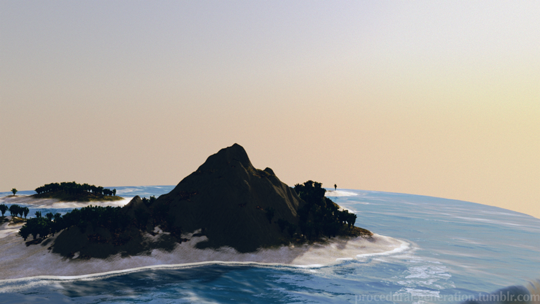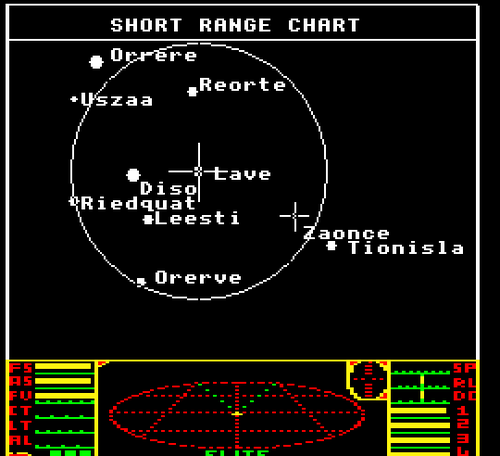
Procedural Generation
Welcome to the inside of my head.
This is a blog about the many, many different aspects of procedural generation.
What is procedural generation? My loose definition is that it is the creation (generation) of something through a system of rules (procedural) rather than by directly creating it.

Elite (1984)
Procedural generation can be used to create music, images, sound effects, jewelery, buildings, trees, and entire worlds. Some techniques attempt to model the thing being generated as closely as possible, but many of the most useful procedural techniques produce something that looks like the subject but was created in an entirely different way. And a few applications take the procedural creation out of the virtual world and generate physical objects.

Elder Scrolls II: Daggerfall (1996)
This blog is not just about procedural generation: I believe that any subject worth studying exists in a vast, interconnected web of knowledge. Some of those nearby strands will be explored as well. There will be algorithmic art. There will be fractals. There will be artifical intelligence. There will be weird experiments. There will be roguelikes. (There will be a lot of roguelikes.) We’re going to talk about computational creativity, artificial life, Twitter bots, and computers that write novels.
But the heart and soul of what I want to talk about here is making things that make things, where the artist sets the machine in motion and then steps back to observe what it creates.
